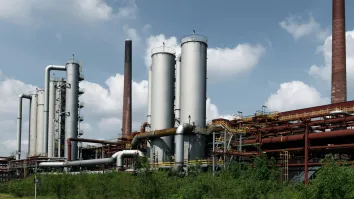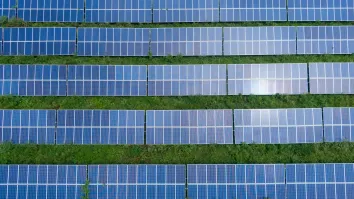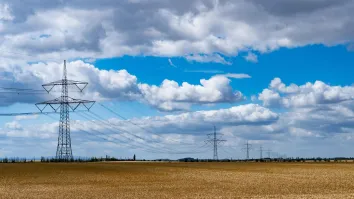Offshore wind fuels South Korea’s economic growth
Two recent reports from the Global Wind Energy Council show offshore wind’s significance in the country’s economy.
The Global Wind Energy Council (GWEC) has recently highlighted the substantial role offshore wind development can play in bolstering South Korea's economic growth. According to Janice Cheong, Policy and Project Manager at GWEC, the industry could create over 770,000 jobs and inject approximately 87 trillion won into the local economy through the development of just one 500-megawatt offshore wind farm.
"Our new reports on South Korea highlight that the offshore wind industry can support economic growth, especially in coastal cities and local communities," Cheong explained. She elaborated that developing a single offshore wind farm requires about 2.1 million direct in-person days, with additional indirect and induced jobs also contributing to the employment landscape.
The expansion of infrastructure, such as ports, required for offshore wind projects, could further drive broader economic development and industrialization, which could pave the way for long-term export opportunities for the country. "The scaling up of infrastructure can also contribute to the wider economic development and industrialization for South Korea," Cheong stated.
When asked about the importance of the offshore wind industry for South Korea's energy future, Cheong emphasised, "The offshore wind industry is extremely important for South Korea's energy future, particularly as the country looks to increase the uptake of renewable and clean energy technologies to transform its power sector."
South Korea has a technical potential of 624 gigawatts for offshore wind, offering a robust resource that is minimally impacted by international commodity prices, thereby increasing the nation's long-term energy security.
Cheong also outlined necessary steps for accelerating offshore wind development in South Korea. These include streamlining licensing and permitting processes and improving consensus building at local levels through a national regeneration strategy.
In addition to government actions, fostering local community involvement through capacity building and education is essential to ensure widespread support and understanding of offshore wind development. "A local regeneration vision can be in place early on that can build long-lasting social acceptance and support for development," Cheong concluded.



















 Advertise
Advertise






